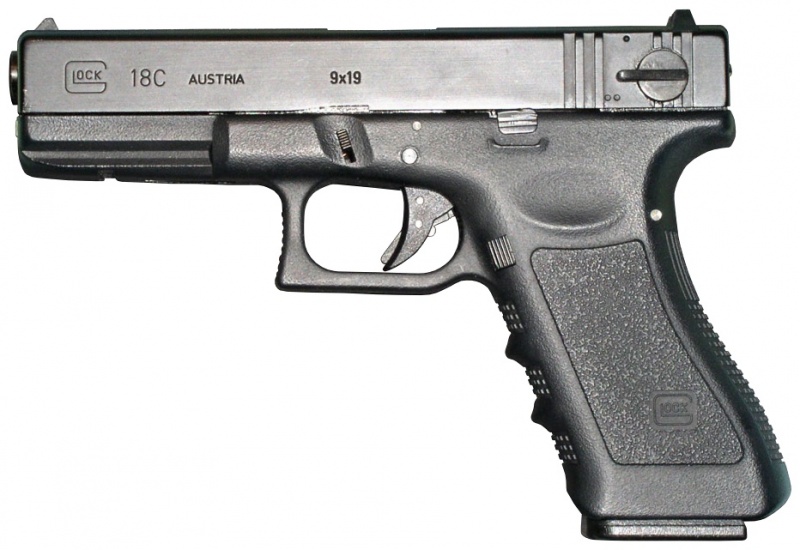Spectre
The Deported
- Joined
- Feb 1, 2007
- Messages
- 36,832
- Location
- Dallas, Texas
- Car(s)
- 00 4Runner | 02 919 | 87 XJ6 | 86 CB700SC
How much ammo do your regular highway patrol officers carry, though? I used to think two extra clips are sufficient, maybe even one (more in the car, but that doesn't count).
It depends on the jurisdiction and the individual officer's preferences. Typical loadout for a highway patrol officer is a topped-up sidearm (full mag plus one in the chamber ready to go), two extra magazines and a smaller backup in an ankle holster - plus the shotgun, automatic rifle and other reloads back in the cruiser. Exact number of rounds depends on the caliber and model of pistols the officer is carrying, but they're usually wandering around with just under 60 rounds total. (Average 18 in the sidearm, two more 17 rounders, plus seven in the backup, assuming a common 9mm/.380 pairing.) This is also what you will typically find urban police officers carrying.
When they expect trouble, or they're out on more rural patrols with backup a long way off, officers will usually add two more magazines just in case.
By comparison, I'm usually running around with 10+1 and either one or two more 13s, that's all.
Last edited:






